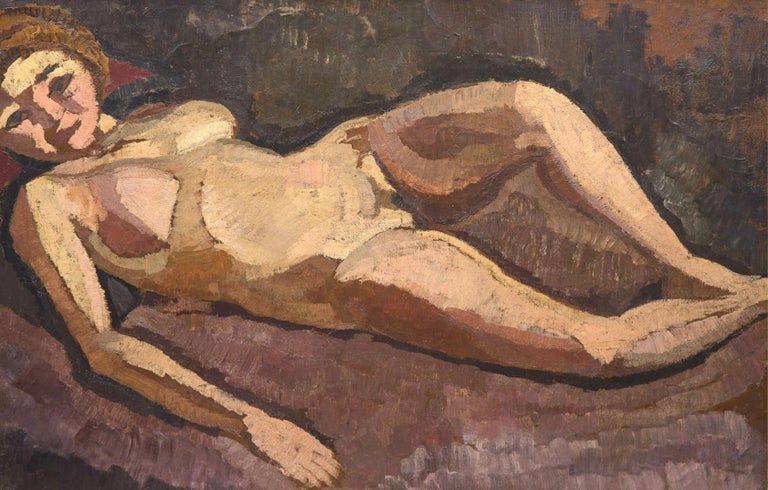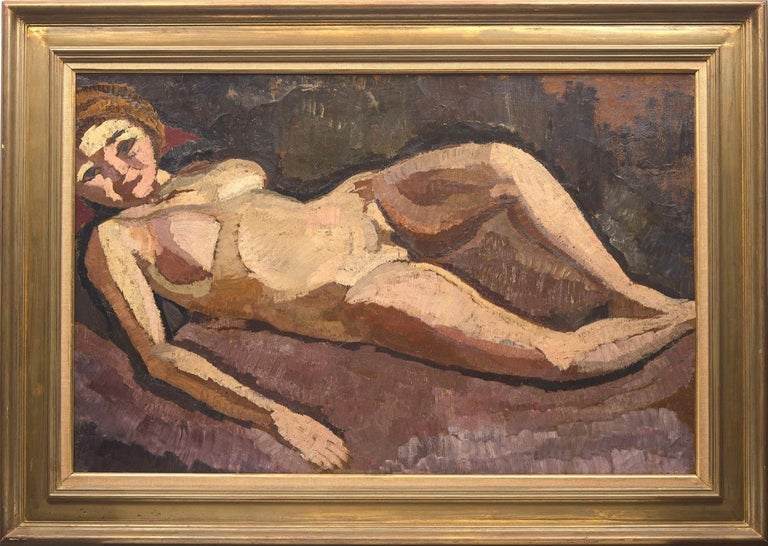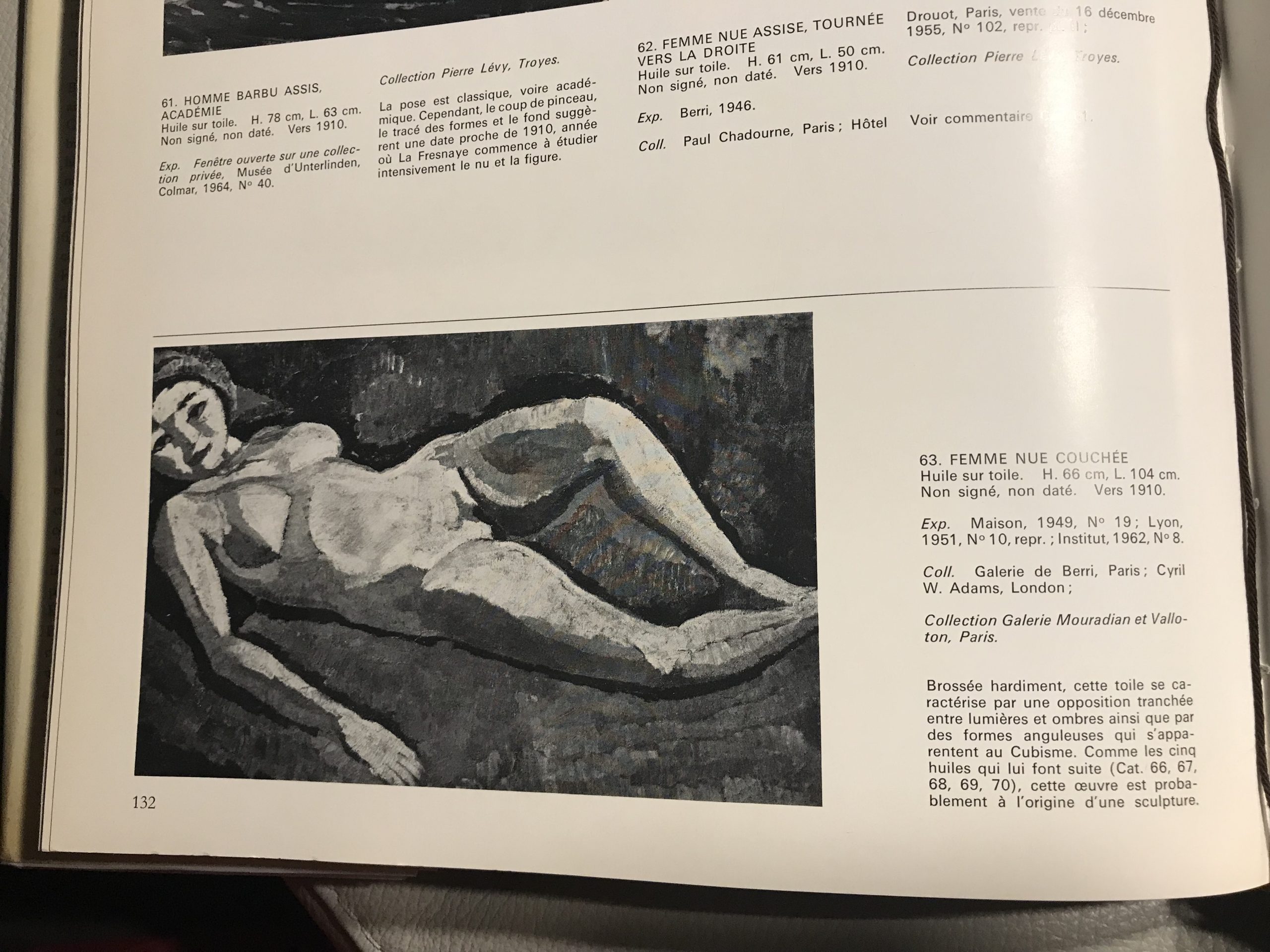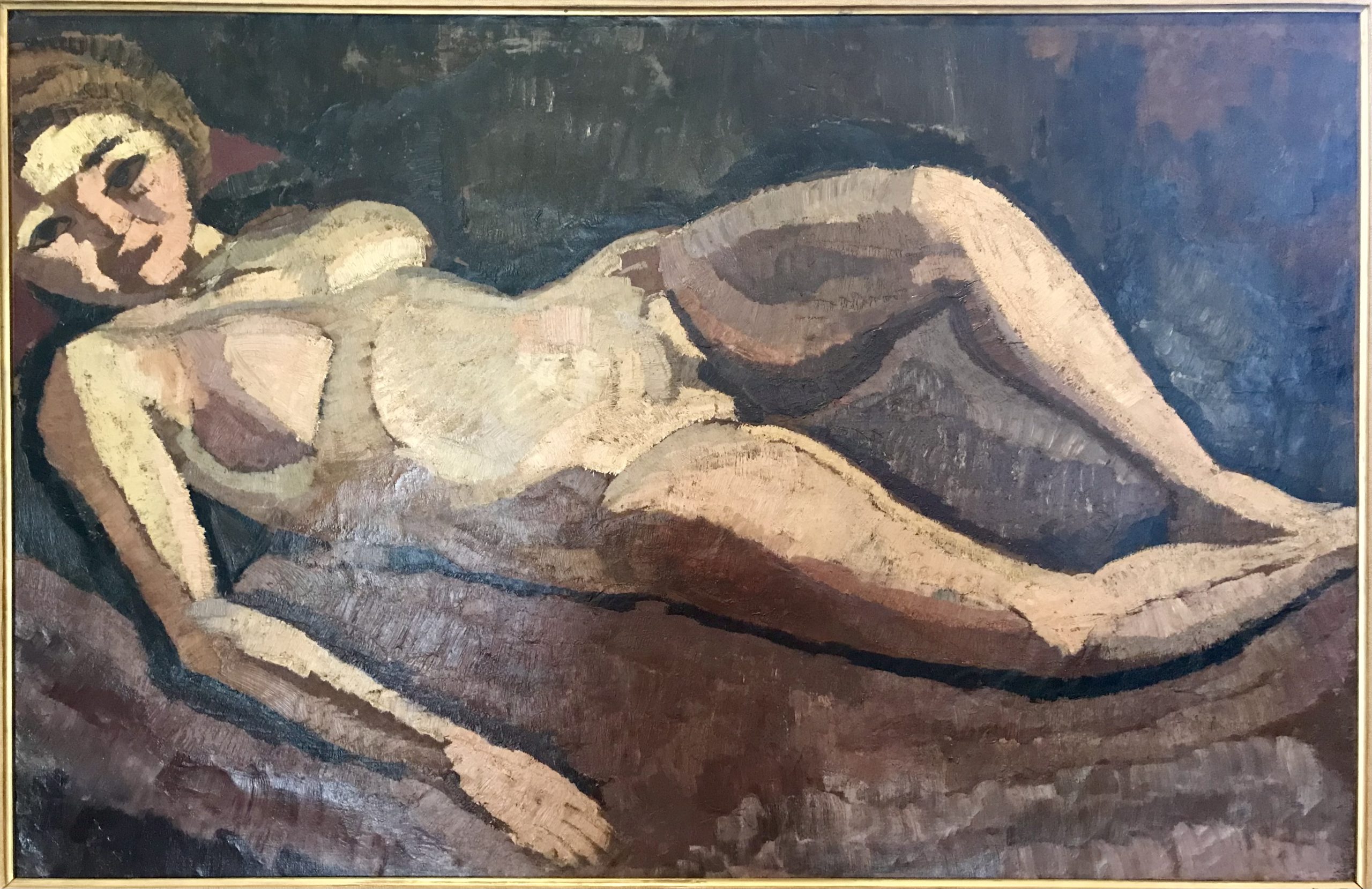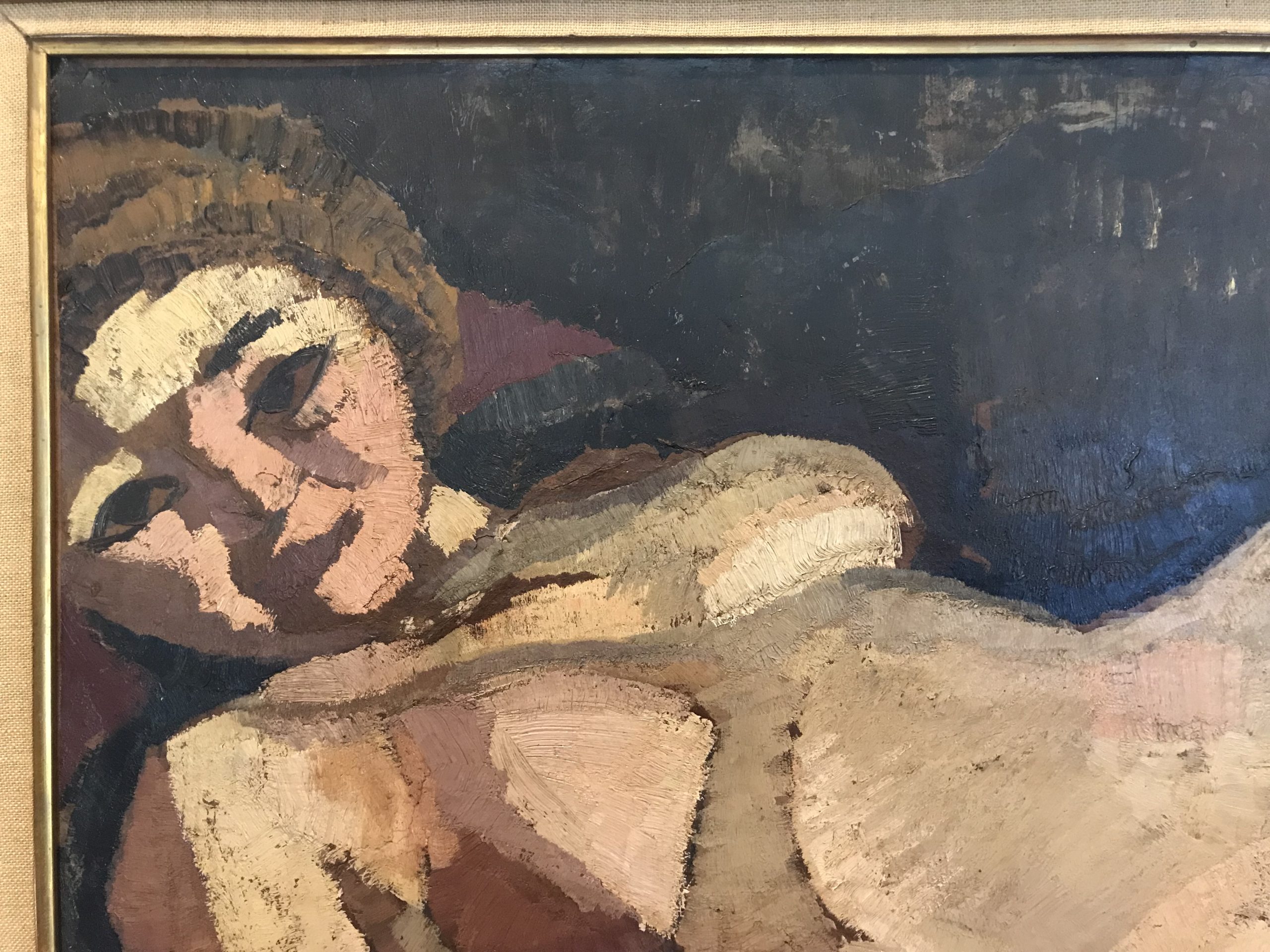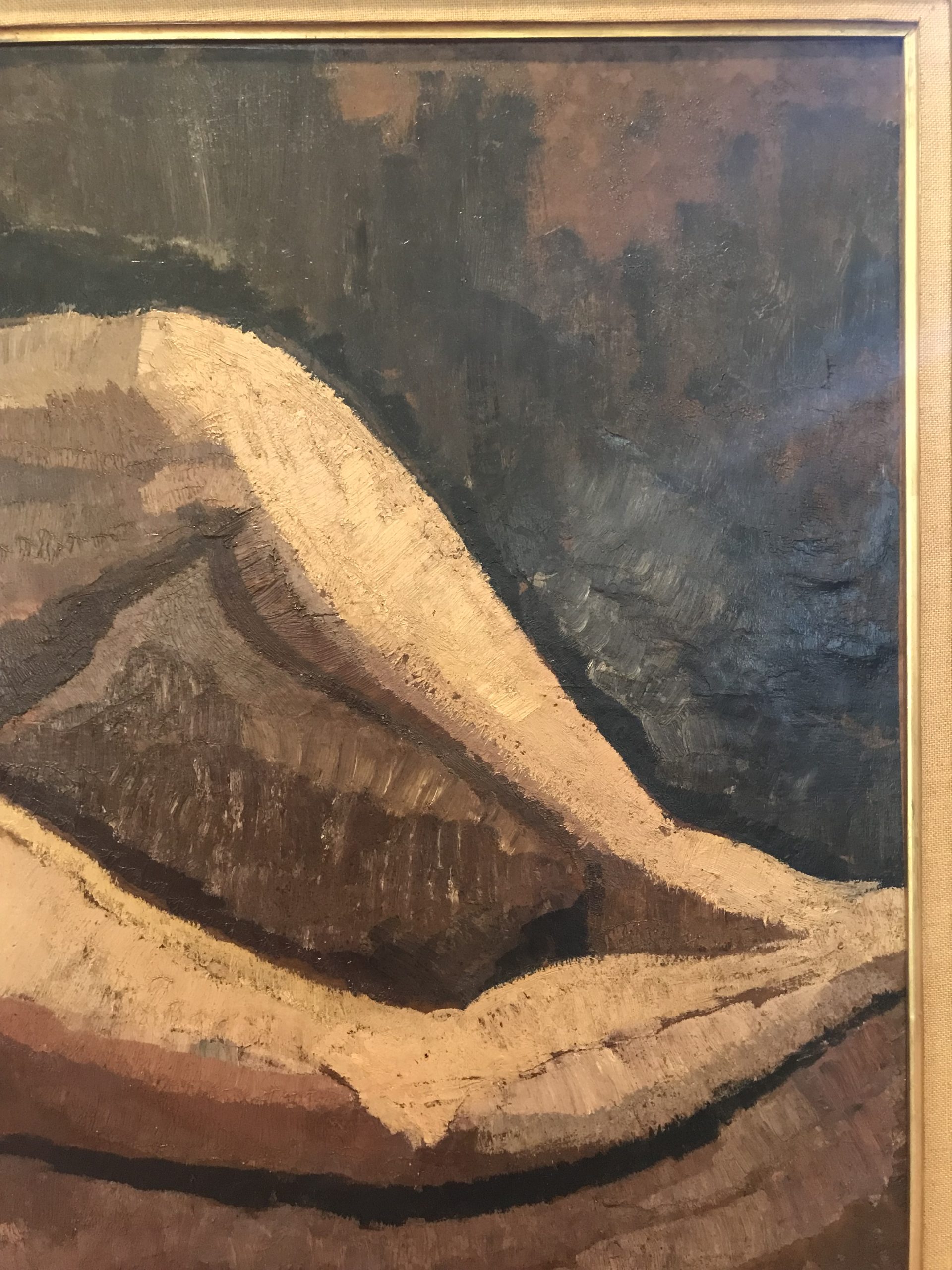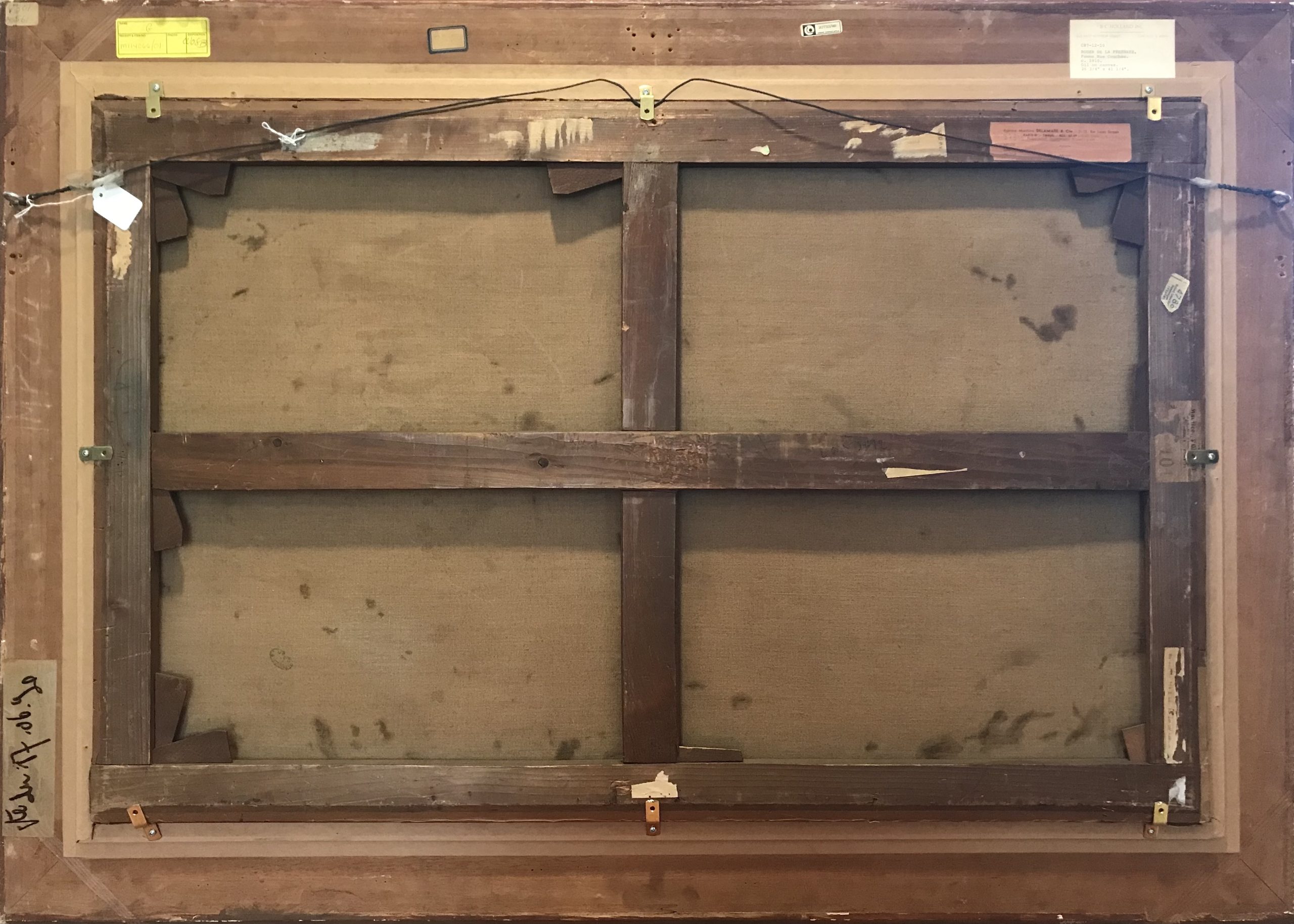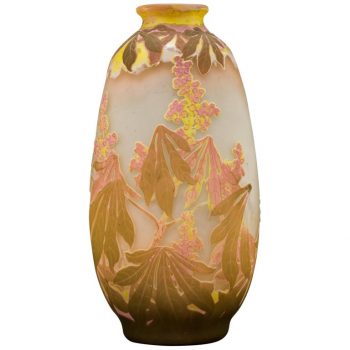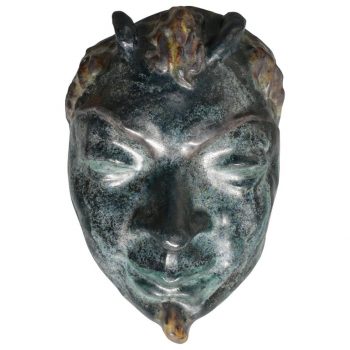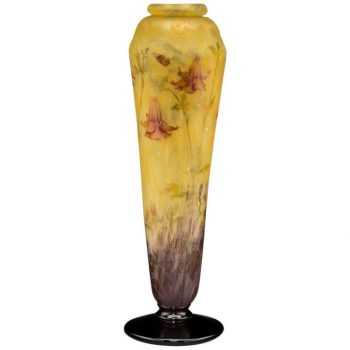Description
Roger de la Fresnaye (French, 1885-1925) – Femme Nue Couchée
Oil on canvas
26 ¾ x 41 ¼ in. (67.9 x 104.8cm)
Executed circa 1910.
Provenance
Galerie Maurice Robinet, Paris, France.
Galerie de Berri, Paris, France.
Cyril W. Adams, London.
Galerie Mouradian et Valloton, Paris, France.
B.C. Holland Gallery, Chicago, Illinois.
Sotheby’s, New York, sale of May 8, 1991, lot 154.
Acquired directly from the above sale.
Collection of Sidney Rothberg, Philadelphia, Pennsylvania.
Exhibition
“Roger de la Fresnaye,” Maison de la Pensée Française, Paris, France, February-March, 1949, no. 19.
“Roger de la Fresnaye,” Musée de Lyon, Lyon, France, 1951, no. 10.
“Roger de la Fresnaye,” Galerie de l’Institut, Paris, Paris, November-December, 1962, no. 8.
Literature
Germain Seligman, Roger de La Fresnaye: With a Catalogue Raisonné, New York Graphic Society, Ltd., New York, 1969, p. 132, no. 63 (illustrated).
Roger de la Fresnaye, a French painter associated with the Cubist movement (and the Section d’Or group of artists in particular) visited Munich in 1909, marking a pivotal juncture in his career. The city was a hub for avant-garde experimentation, and La Fresnaye’s work c. 1909-10 reveals an increasing departure from traditional representation, anticipating his later, full-throated engagement with Cubism. Influenced by a fertile artistic environment and, perhaps, by German Expressionism, paintings like the present lot herald La Fresnaye’s earliest experimentations with form, color, and spatial relationships.
Executed c. 1910, Femme Nue Couchée signals an auditioning of proto-Cubist principles and, seemingly, the artist’s indebtedness to his classical education. (From 1903-08, he studied at the Académie Julian and École des Beaux-Arts in Paris.) Embracing geometric abstraction and fragmented forms, La Fresnaye depicts the female form with a lively interplay of angles and curves. Employing broad planes of color, an earthy palette, and a careful treatment of light, shade, and space, the composition strikes a balance between analytical Cubist deconstruction and sensual, figurative elegance. Painting, according to La Fresnaye, was “becoming significantly more abstract.” In the present work and others, “imitations of nature are giving way to deliberate and reasoned studies.”
La Fresnaye’s Munich sojourn marks a critical and transitional phase in his artistic development–one in which he contributed to the evolving dialogue within the Cubist movement, while offering a unique perspective on the relationship between traditional themes and avant-garde expression.


